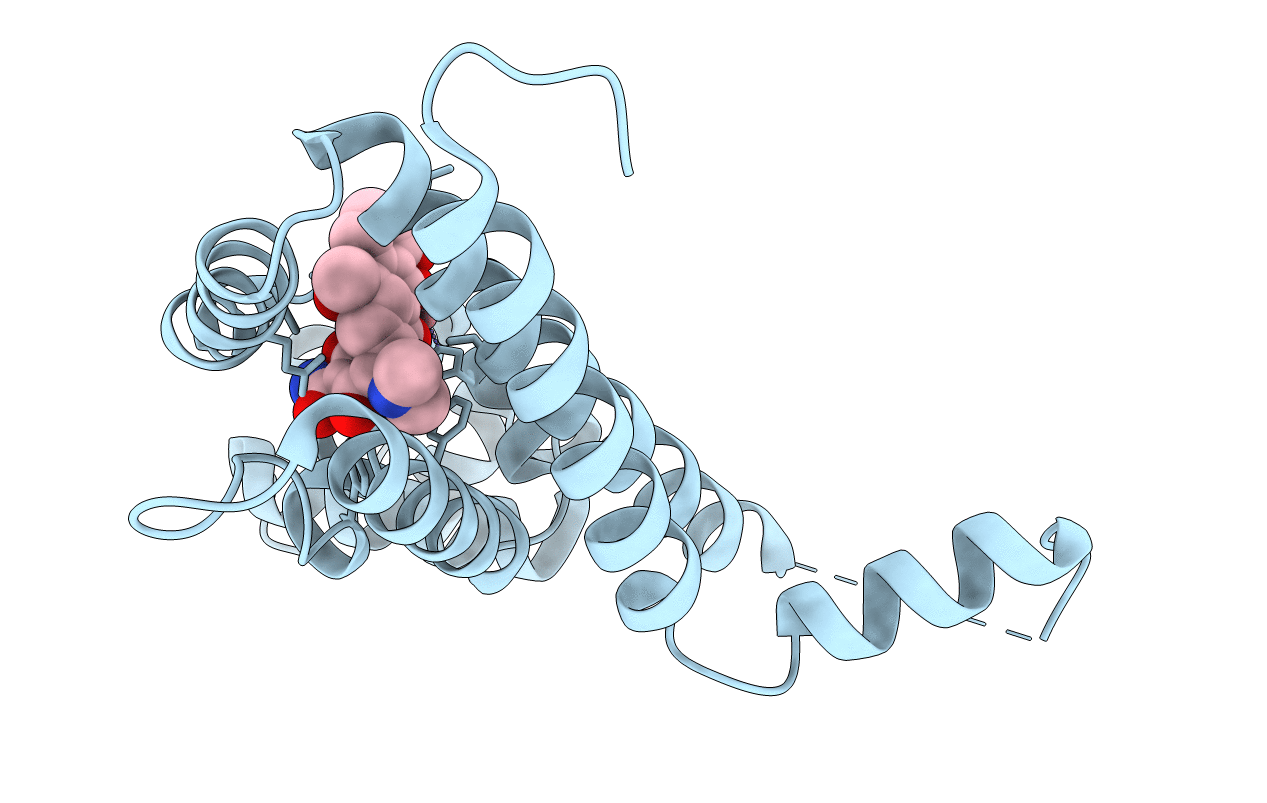
Deposition Date
2007-12-18
Release Date
2008-07-01
Last Version Date
2023-12-13
Entry Detail
PDB ID:
2VKE
Keywords:
Title:
Tet repressor class D complexed with cobalt and tetracycline
Biological Source:
Source Organism:
ESCHERICHIA COLI (Taxon ID: 562)
Host Organism:
Method Details:
Experimental Method:
Resolution:
1.62 Å
R-Value Free:
0.29
R-Value Work:
0.24
R-Value Observed:
0.24
Space Group:
I 41 2 2


